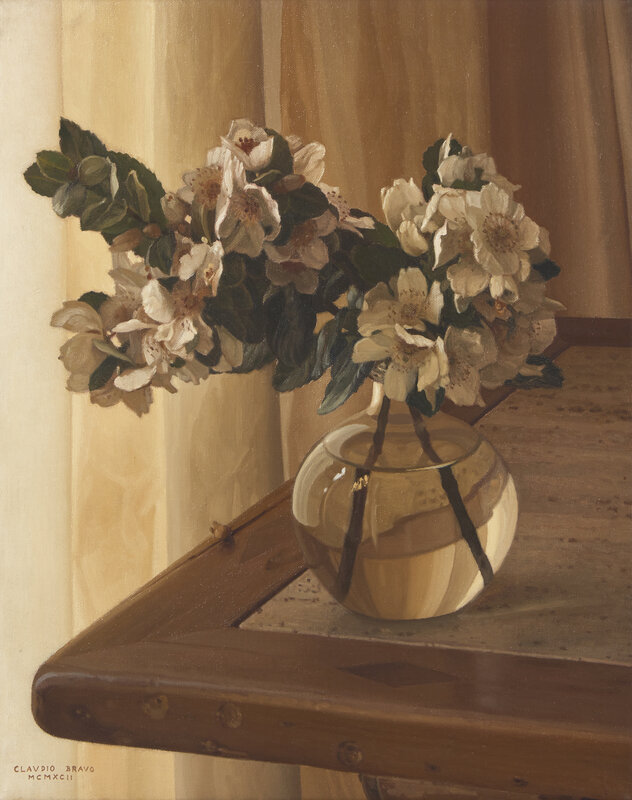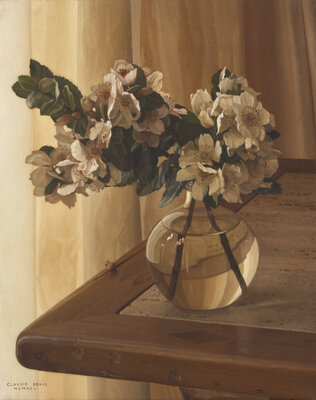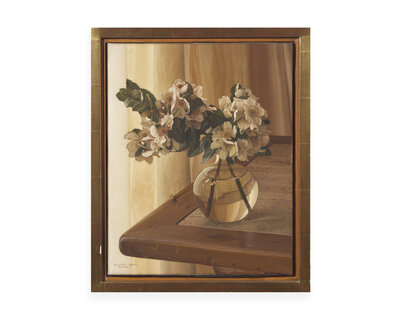Condition Report
Contact Information
Auction Specialists
Lot 30
Claudio Bravo
(Chilean, 1936-2011)
Ramo de Olmo (Branch of Elm Tree), 1992
Sale 2051 - Post War and Contemporary Art
Sep 25, 2024
10:00AM CT
Live / Chicago
Own a similar item?
Estimate
$20,000 -
40,000
Price Realized
$24,130
Sold prices are inclusive of Buyer’s Premium
Lot Description
Claudio Bravo
signed CLAUDIO BRAVO and dated (lower left)
16 1/4 x 13 inches.
(Chilean, 1936-2011)
Ramo de Olmo (Branch of Elm Tree), 1992
oil on canvas
signed CLAUDIO BRAVO and dated (lower left)
16 1/4 x 13 inches.



